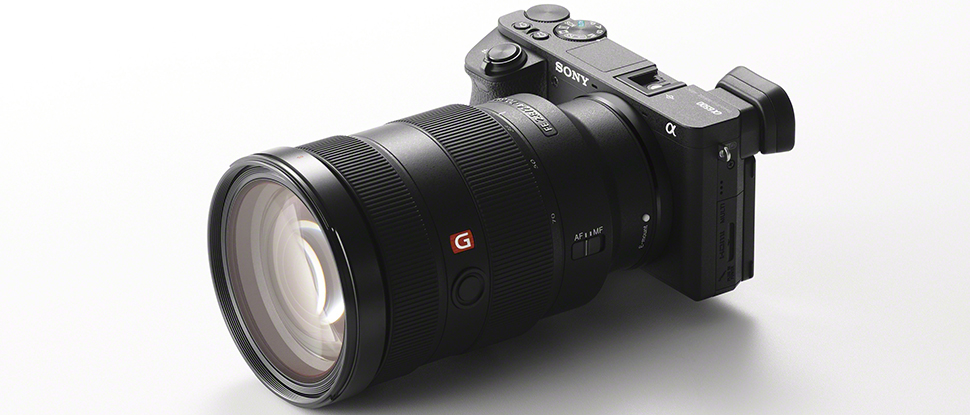Why you can trust Digital Camera World
In single-shot photography the A6500’s performance is very good, with fast autofocus acquisition and snappy responses. When shooting images continuously, however, it’s slightly more mixed. There’s no doubting the power of Sony’s autofocus system, but in low light at the maximum 11fps speed, our hit rate dropped as the camera sometimes lost focus for a few frames with quickly changing subject distances.

There is, of course, a great deal of skill involved in following fast-moving subjects, and the A6500’s maximum 11fps mode doesn’t provide a Live View display. If this is stopping you from getting the shot reliably, you’ll need to drop down to the 8fps mechanical shutter mode, which maintains Live View to make it much easier to follow moving subjects.
An 8fps continuous-shooting rate is hardly headline news by today’s standards, but the A6500 backs this up with a very big memory buffer both for Raw files and JPEGs. What this means is that you can capture much longer bursts of images before the camera slows down. Once you’ve filled the buffer, however, it does take a little while to clear, and during this time you can’t use the camera menus, which seems odd.

The in-body SteadyShot stabilisation system is definitely worth having, both for stills and video. It can’t compensate for careless and jerky movements, so you still need to shoot handheld video with some care, although you can choose from three different autofocus speeds when recording videos to control how quickly the camera refocuses on different subjects. So, you can use a slower movement to give the impression of a smooth, pull-focus effect.

Image quality is good, with reliable exposures from the multi-pattern metering system, effective auto white balance across a range of conditions, and good colour rendition. The lab results (on the next page), however, show that it lags a little behind never rivals for noise and dynamic range.
APS-C sensors seem to have hit a high water mark for resolution at 24MP, but camera makers are still finding ways to tweak and improve their performance. The fact that the A6500 has been on the market since the end of 2016 probably doesn’t help it against newer rivals, although it’s still capable of excellent results if you pair it up with the right lenses.

We were disappointed with the performance of the E 16-50mm f/3.5-5.6 PZ OSS, which is very soft at the edges. The company’s new E 18-135mm F3.5-5.6 OSS lens is great for in-camera JPEGs, where optical corrections are applied automatically, but the Raw files show strong distortion at the wide-angle end of the zoom range and actual corner-clipping where the image circle hasn’t filled the full frame area. These are, of course, not criticisms of the A6500 itself.


Rod is an independent photography journalist and editor, and a long-standing Digital Camera World contributor, having previously worked as DCW's Group Reviews editor. Before that he has been technique editor on N-Photo, Head of Testing for the photography division and Camera Channel editor on TechRadar, as well as contributing to many other publications. He has been writing about photography technique, photo editing and digital cameras since they first appeared, and before that began his career writing about film photography. He has used and reviewed practically every interchangeable lens camera launched in the past 20 years, from entry-level DSLRs to medium format cameras, together with lenses, tripods, gimbals, light meters, camera bags and more. Rod has his own camera gear blog at fotovolo.com but also writes about photo-editing applications and techniques at lifeafterphotoshop.com

